NIESR said with smaller than expected fall in UK GDP in January, they forecasts a -2.4% contraction in Q1. That would leave the GDP in Q1 around -9% lower than its level in Q4 of 2019, the quarter before the pandemic.
“While January’s lockdown has unsurprisingly hit the hospitality, retail and education sectors, returning to levels of output last seen in summer 2020, many other sectors have not been affected to anything like the same extent as they were last year. With February and March likely to see activity at similar levels, this provides further support for the view that the fall in the first quarter of 2021 may be smaller than expected. The pace of recovery from the second quarter will depend on whether vaccines continue to roll out according to plan, whether further mutations or outbreaks bring about a resurgence in the virus, and how quickly public confidence returns.” Rory Macqueen Principal Economist – Macroeconomic Modelling and Forecasting.




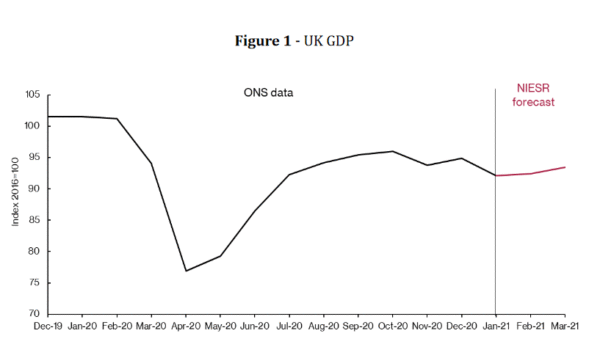
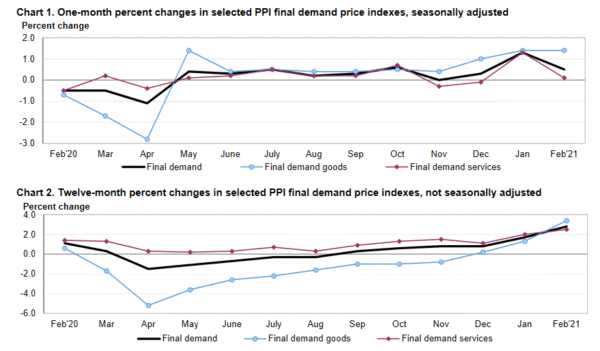
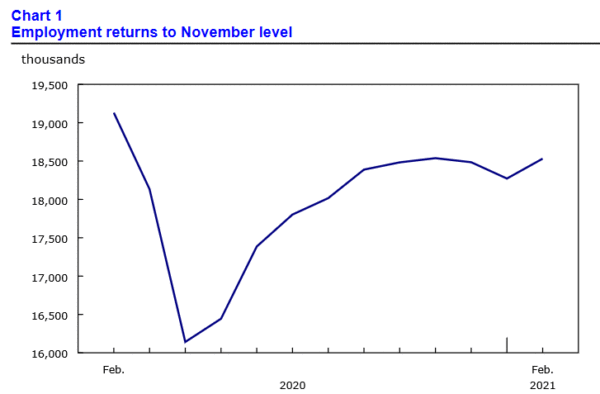
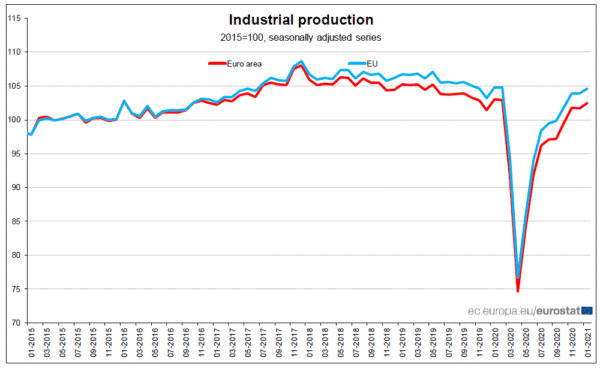
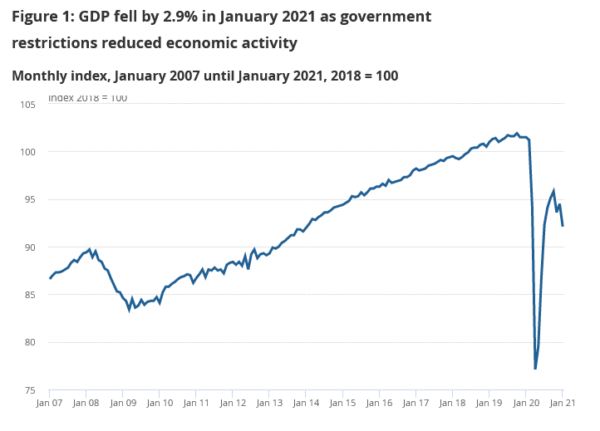
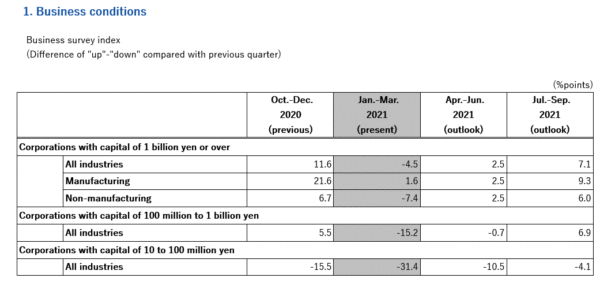
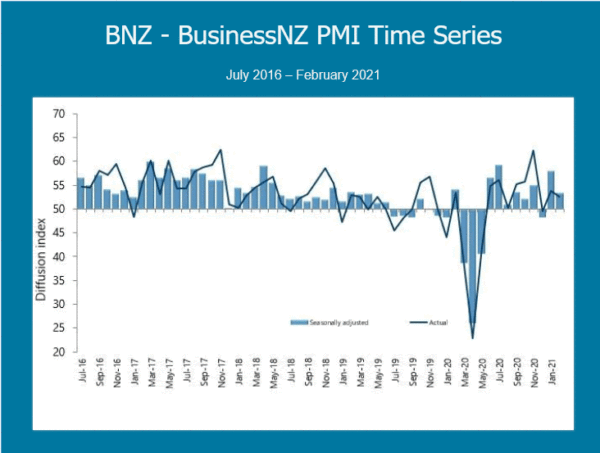
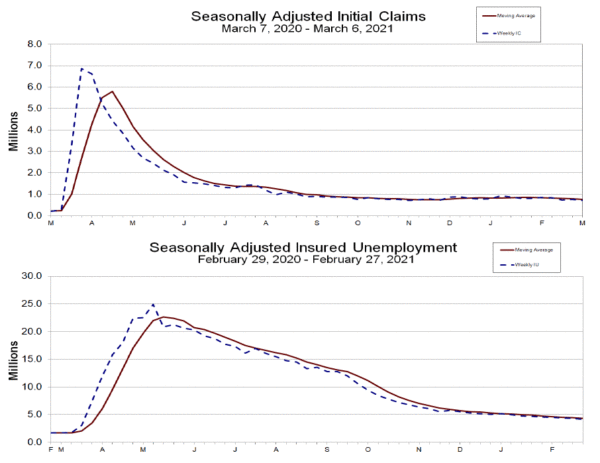

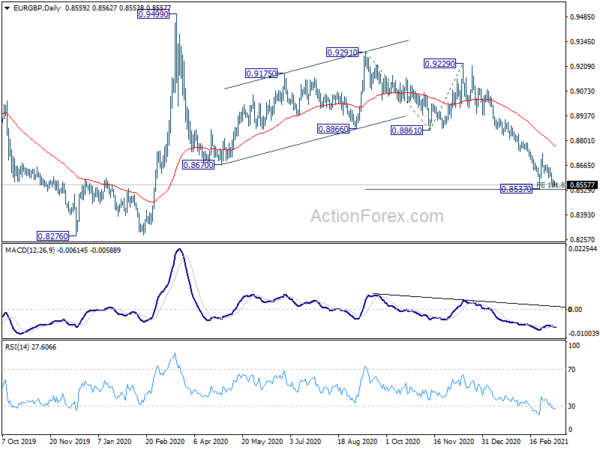
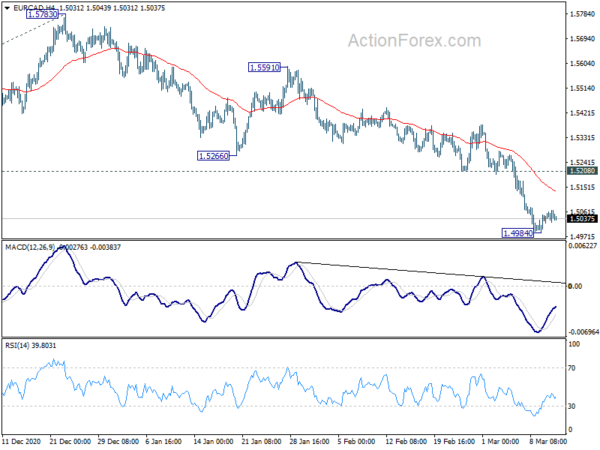
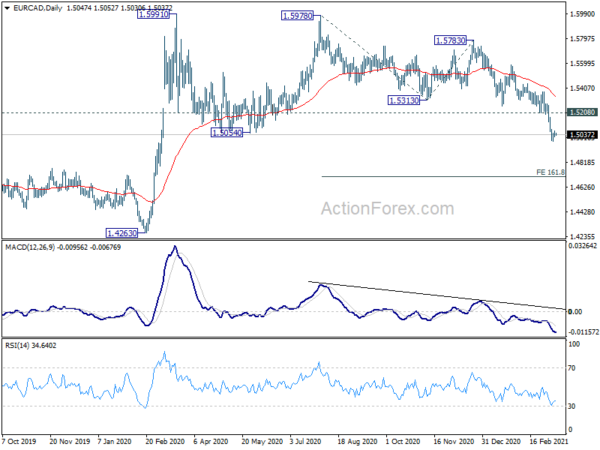
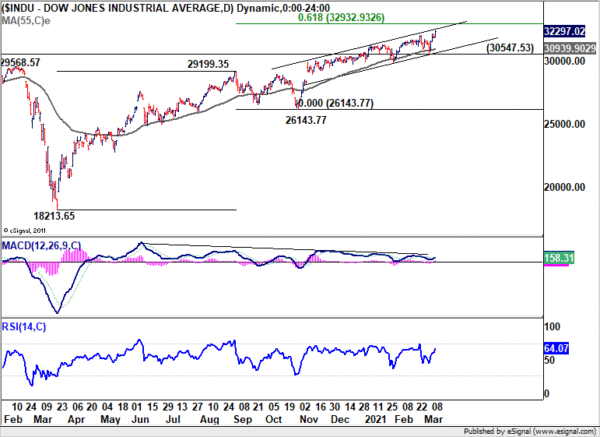
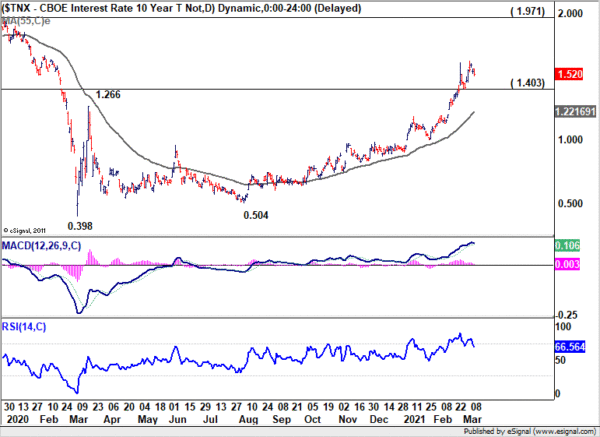
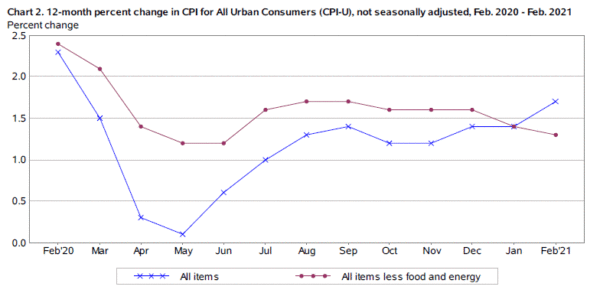
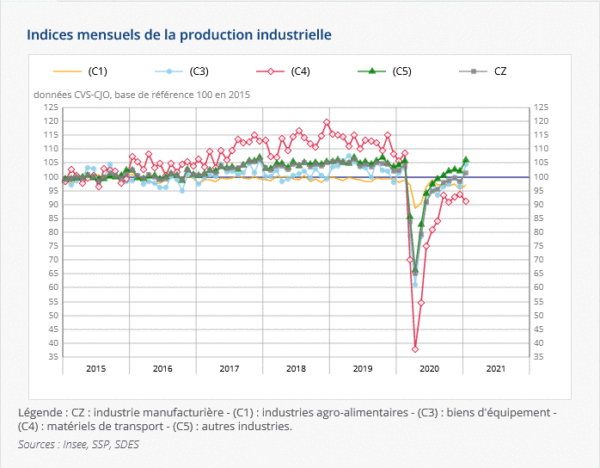

RBA Lowe: Business investment yet to click into gear
RBA Governor Philip Lowe reiterated in a speech that economic recovery was “quicker and stronger” than expected. But “we still have a long way to go”, with unemployment rate at 6.4% and economy operating “well short of its capacity”. Inflation and wages growth were also lower than RBA would like. It’s “going to take some time” before we reach our goals.
“one piece of the recovery that is yet to click into gear is business investment”. There was a pick-up late last year, but it’s “still a long way to go” to get back to pre-pandemic level, which was “low by historical standards” already. It’s important to continue and broaden business investment recovery to have a “strong and durable recovery”.
Full speech here.